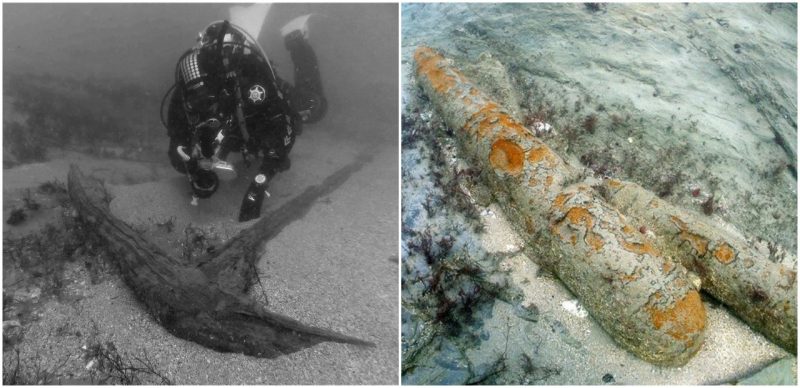The Queen Mother of British shipwrecks ─ the 17th-century merchant ship the President ─ which lays scattered on the seabed in Mount’s Bay at Loe Bar, just off Cornwall, was once again visited by an expedition of divers.
The ship belonging to the East India Company set sail from India in 1684, carrying a precious load of diamonds and pearls, but met with a horrible storm, causing it to be wrecked against the cliffs just before reaching its port in Cornwall.
After a valiant struggle, the boat was dragged to the bottom of the ocean, along with most of its 120-strong crew. It is claimed that only two men managed to escape a watery grave.
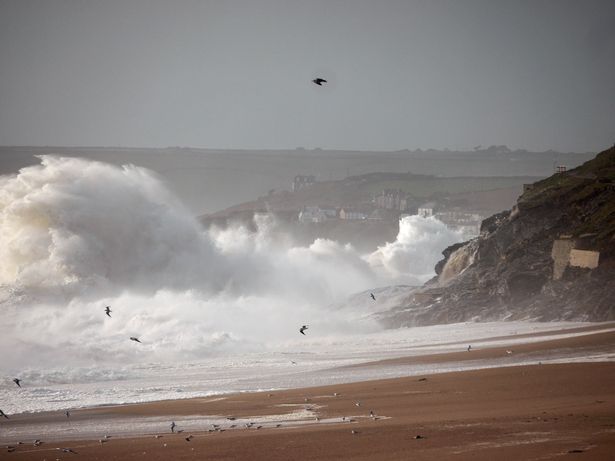
The two survivors later filed a written testimony about their ordeal in which they claim that the merchant ship was harassed by pirates on its way home.
The pamphlet written by the survivors tells a tale of a great sea battle taking place off the Malabar Coast of India, when six pirate vessels attempted to subdue His Majesty’s merchant ship, carrying unspeakable wealth.
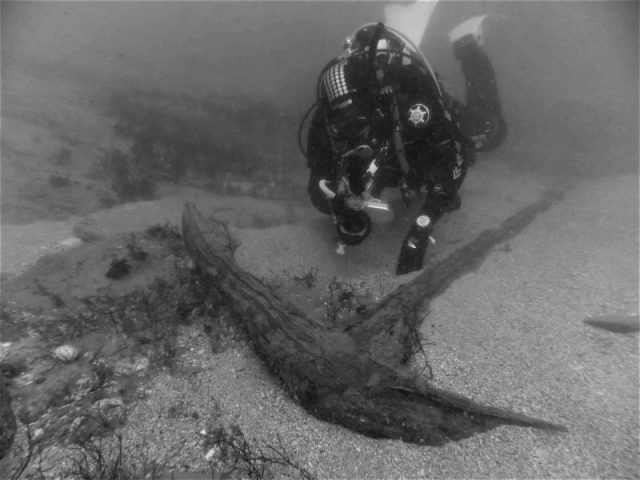
Thanks to its 36 guns, the President managed to warn off the invading corsairs by penetrating one of the powder magazines aboard an enemy ship, causing it to explode.
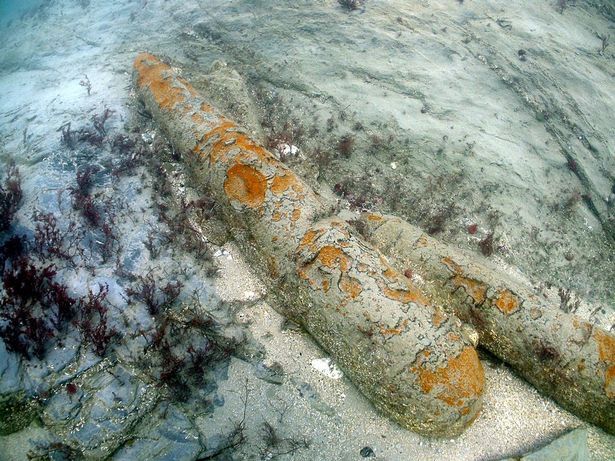
But thirst and hunger started to plague the crew on its 11-week-long journey home.
The seamen were allegedly starved to such extent that they even ate the ship’s dog ─ a gruesome event, described by the authors of the testimony as “a delicate Banquet.”
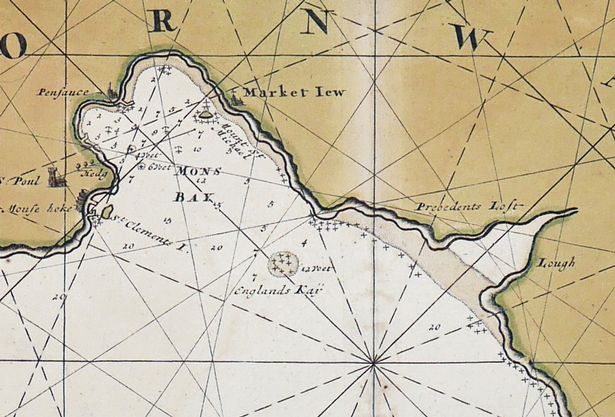
In the account, they also mention that even after they barely reached the shore, two Cornish robbers tried to take advantage of the exhausted sailors, thinking they might be carrying something of value, but failed in their attempt.
They were saved by another gentleman who found himself nearby and hurried to their rescue.
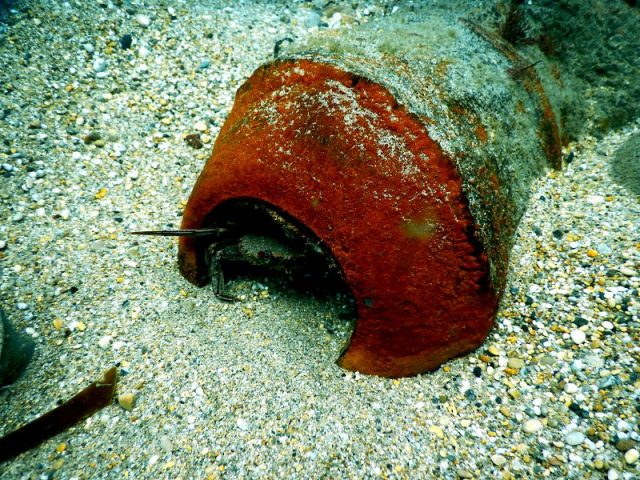
The President sinking and taking with it the “very rich lading, modestly judged of no less than a hundred thousand pounds … with much treasure of pearl, and diamonds,” was considered such a great loss at the time that a Dutch cartographer tasked with mapping the Cornwall coast even marked the spot where the ship was believed to have sunk.
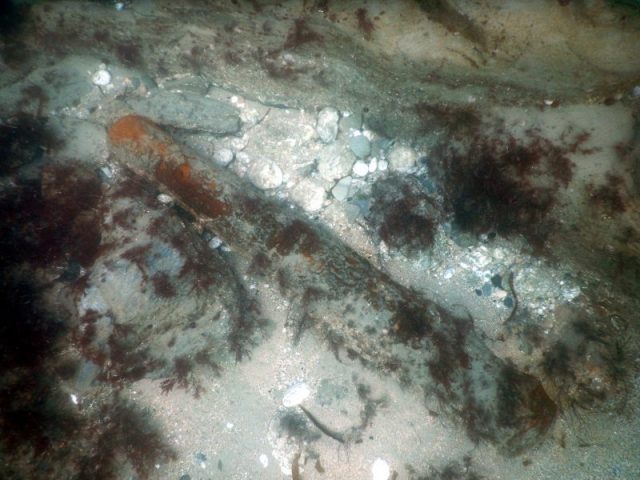
The value of its precious cargo is deemed to be worth around $10.7 million by today’s standards.
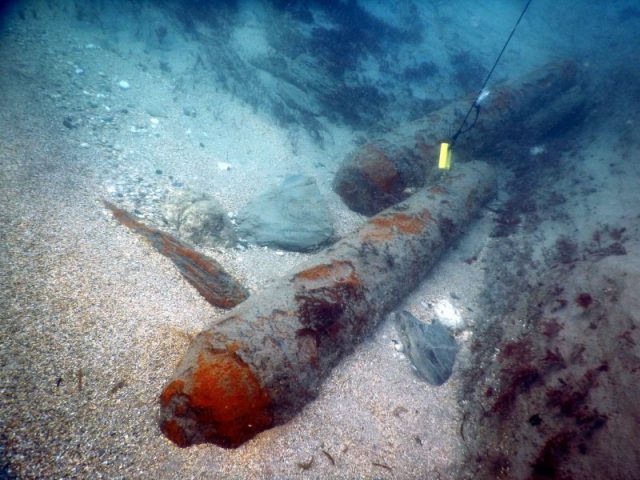
Centuries later, using advanced underwater technology, the remnants of President were finally discovered. The first expedition took place in 1998 when divers found 17 cannons and an anchor clearly belonging to the unfortunate merchant ship.
In 1999, the site was put under the Protection of Wrecks Act 1973, meaning no excavation is allowed to take place without a permit.
6 of the Biggest Treasure Troves Ever Discovered
In the most recent dive, which took place in June 2018, seven more cannons were discovered. The men behind this new historic find are Mark Milburn, a professional diver, and David Gibbins, novelist and archaeologist, both of whom represent Cornwall Maritime Archaeology.
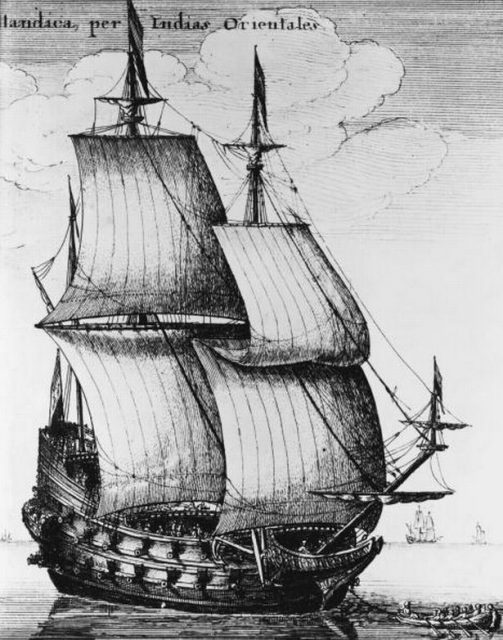
In an interview for the Cornwall Live, Gibbins described the difficulties which come with the troubled waters around the Loe Bar:
“Loe Bar is usually a dangerous place to dive – the entry and exit are treacherous even with the smallest of waves. The recent period of calm weather has allowed us to get in for the first time in months.”
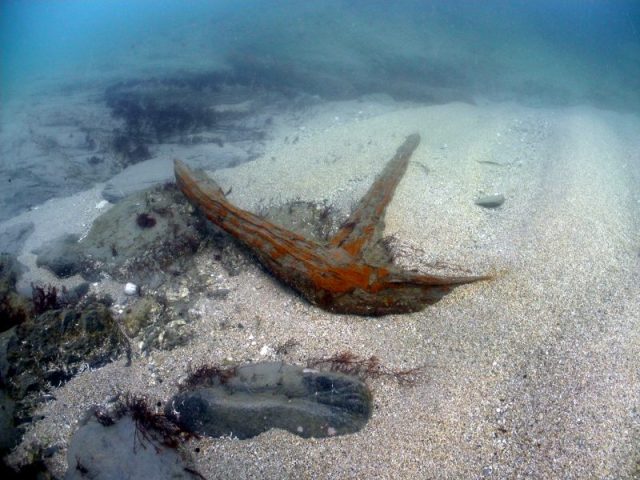
Milburn added that the shingle seabed makes it extremely difficult to find the President’s treasure, as billions of tons of shingle are constantly moving in what he called a “fluid environment.”
Since centuries have passed from the time of the event, it is most likely that all the diamonds and pearls are scattered around the Atlantic Ocean, never to be found again. Even if they were somehow still concentrated around the coast, it would be next to impossible to spot them, as diamonds tend to blend in with the water, while the pearls could easily pass as shingle.
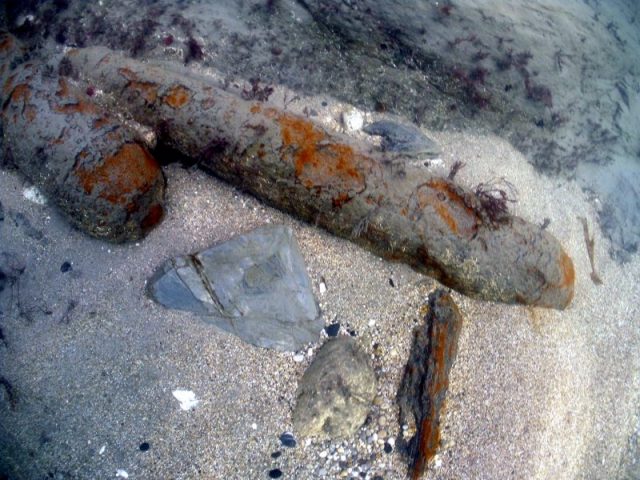
Still, hope exists. The underwater archaeologists are waiting for a permit to excavate the area around the seven cannons they recently discovered, promising more interesting finds.
The cannons were found in water just 23 feet deep, which made Millburn and Gibbins suggest that this might be the start of the trail from which the ship’s remnants and artifacts start to unravel across the seabed.
Chances are they will bump into concretions of items, which form when an iron object corrodes in water, causing a reaction that absorbs sand together with other nearby items into a dense layer around the object.
Nikola Budanovic is a freelance journalist who has worked for various media outlets such as Vice, War History Online, The Vintage News, and Taste of Cinema. His main areas of interest are history, particularly military history, literature and film.
